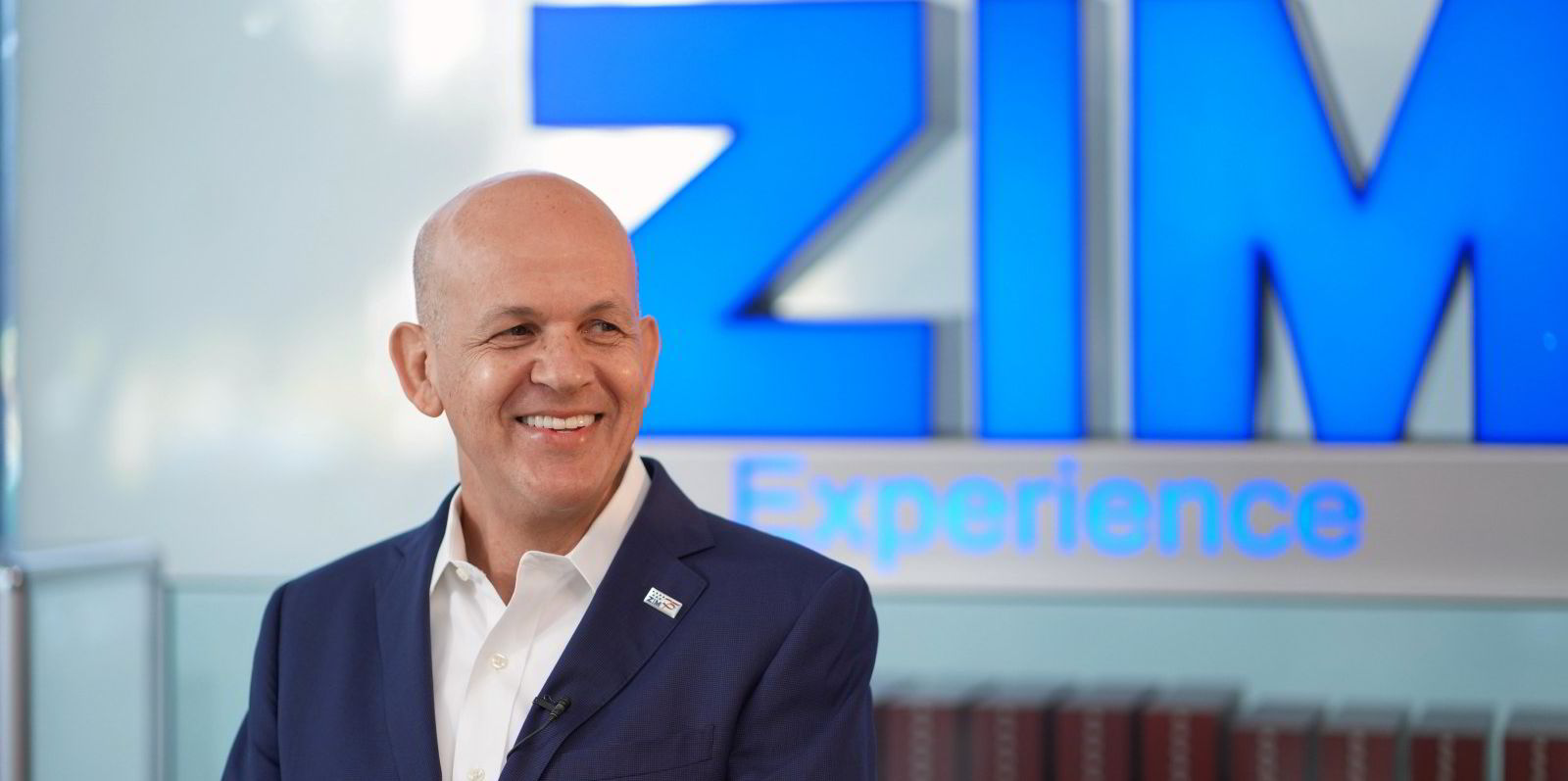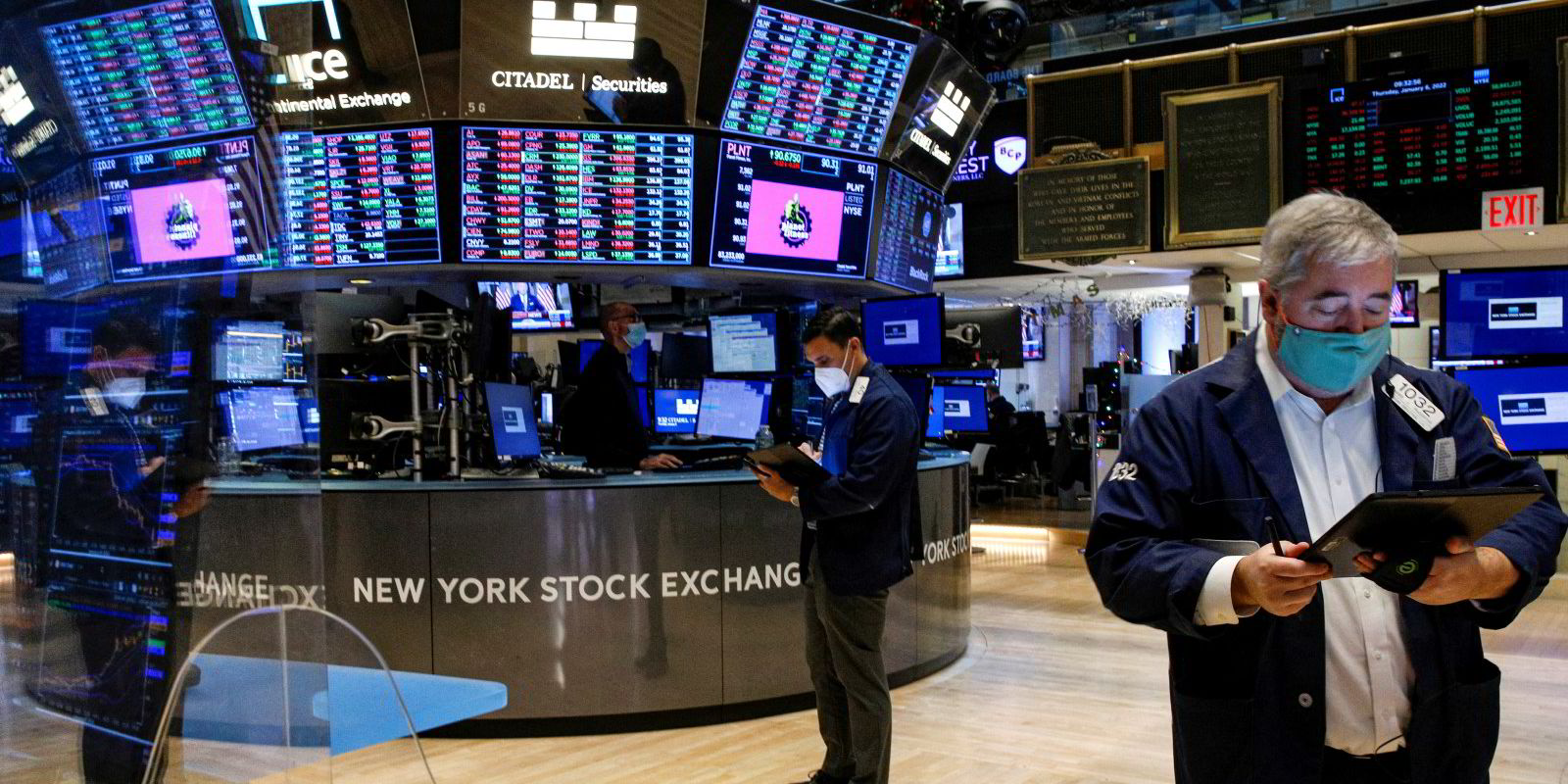In this week's Streetwise newsletter, we explore how the seemingly robust trading in tanker shares in 2021 may have been illusory. Subscribe at tinyurl.com/twstreetwise.
______________________
With charter rates at their worst in decades, 2021 could not have been bleaker in many ways for US-listed tanker companies.
But while it might be cold comfort at best, there was one metric in which the tanker crowd maintained its traditional upper hand over counterparts in dry bulk, container ships and gas carriers.
Investors traded more tanker shares per daily average than in any of these other sectors, according to data furnished to Streetwise by investment bank Jefferies.
Public tanker companies turned over an average of 1.2m shares per day, topping the totals for dry bulk at 842,000, container ships at 790,000 and gas carriers at 454,000.
This maintained a long-held advantage in liquidity driven by tanker companies' larger size and market capitalisation.
A closer look
But upon closer examination, even this small case for bragging rights does not hold up so well.
That is because a more important measure of trading liquidity — measured in dollar volume per day — tells a different story.
Through that lens, the sorry state of tanker companies in 2021 becomes more readily apparent.
With an average daily trade of $8.9m per day, tankers sit third in the pecking order behind the money-printing container ship owners and operators at $28.7m and bulker companies at $11.1m. Only gas carriers had worse dollar turnover with a daily average of $4.5m.#
"Dollars traded per day is more meaningful," Jefferies lead shipping analyst Randy Giveans said.
"That's true trading liquidity. The numbers of shares traded can be impacted by things like stock splits and reverse splits. Dollar volume is what the large investors I speak with are looking at. They're typically searching for a $1bn market-cap company that trades at least $10m per day."
Share prices of bulker and container ship companies spiked in 2021 to the tune of 175% and 163%, respectively, helping to fuel greater dollar liquidity in trading. Tanker valuations remained muted with an average 1% loss.
So while Nordic American Tankers — the top-traded tanker owner — notched an impressive turnover of 3m shares per day, its prevailing share price was generally between $2 and $3, leading to an average dollar volume of $8.8m per day.

In contrast, Israeli liner company Zim traded 2.1m shares per day but had an average daily dollar volume of $96m. Its current share price is near $55.
In similar fashion, dry cargo behemoth Star Bulk Carriers traded an average 1.8m units but $34.6m.
Another measure of the changing dynamics for public shipping companies is how the raw trading numbers have changed from 2020, when a booming tanker market in the year's first half sparked an investor frenzy.
At that time, bulker owners traded an average 300,000 shares per day over the course of the year for a dollar volume of $4.2m. The tanker group traded 1.79m and $14.2m.
A sea change in dry trade?
While the tanker numbers are sure to perk back up once markets rebound, it is also possible that there has been a sea change for the previously ignored dry bulk and container sectors as they grow fleets, market caps and fortress balance sheets.
"For these companies, there have been cyclical changes and maybe even structural changes," Giveans said. "Market caps are much larger. Zim is a $7bn company. Danaos is $1.5bn. Star Bulk is $2.5m. Even a Navios Partners, while a mixed bag, is near $800m.
"Balance sheets are in the best shape they've been in five years and arguably 15 years. That's a big change. And the third thing is the introduction of big dividend policies that further stoke investor appetite and therefore liquidity."
The data aside, 2022 dawns with more investors "sharpening their pencils" on renewed tanker investment but many not ready to write checks just yet, Giveans said.
At the same time, investors are more convinced — even with markets off their high boil — that strength in dry bulk and container ships is less transitory than suspected only six months ago. That may keep them around for a while.





